When it comes to enhancing the flavor of your Hojicha with a sweetener, the options can be overwhelming. Each sweetener brings its unique profile to the table, but which one truly elevates the experience? Consider how each sweetener interacts with the roasted notes of Hojicha and how it affects the overall taste profile. Your choice could make or break that perfect cup of
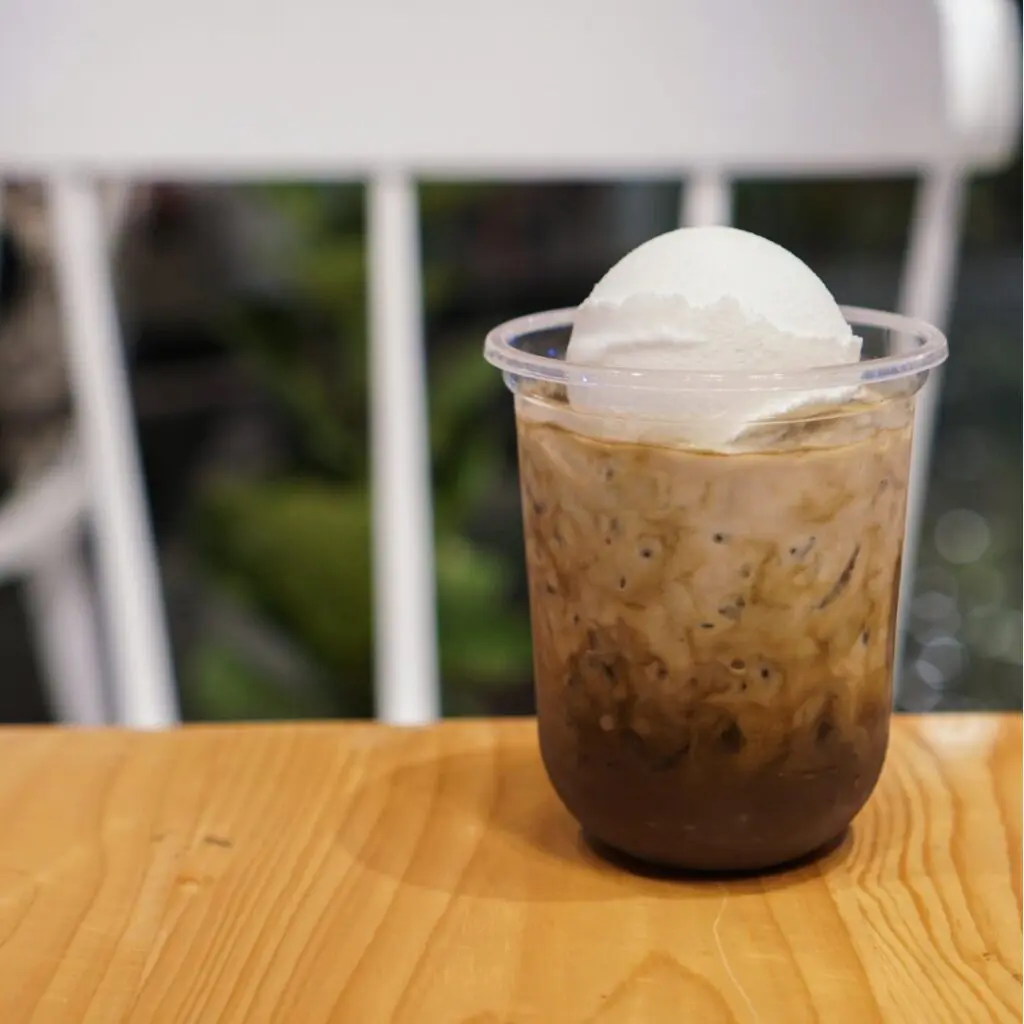

Brief explanation of hojicha
Hojicha is a Japanese roasted green
Unlike other green teas, hojicha has low bitterness and astringency due to the roasting process, making it an ideal choice for late evenings with its low caffeine content. The roasting also removes much of the caffeine found in traditional green teas. This makes hojicha a great option for those looking for a low-caffeine alternative.
Considerations for Choosing a Sweetener
When choosing a sweetener for your hojicha latte, consider factors like flavor compatibility and sweetness level to enhance your
The choice of sweetener can greatly impact the overall taste of your latte. Opt for sweeteners like maple syrup, honey, or brown sugar to complement the nutty, toasty flavors of hojicha.
Maple syrup adds a subtle sweetness without overshadowing the unique roasted taste of the
Experiment with different sweeteners to find the perfect balance that suits your preferences. Keep in mind that the sweetness level should harmonize with the earthy tones of hojicha, providing a delightful drinking experience.
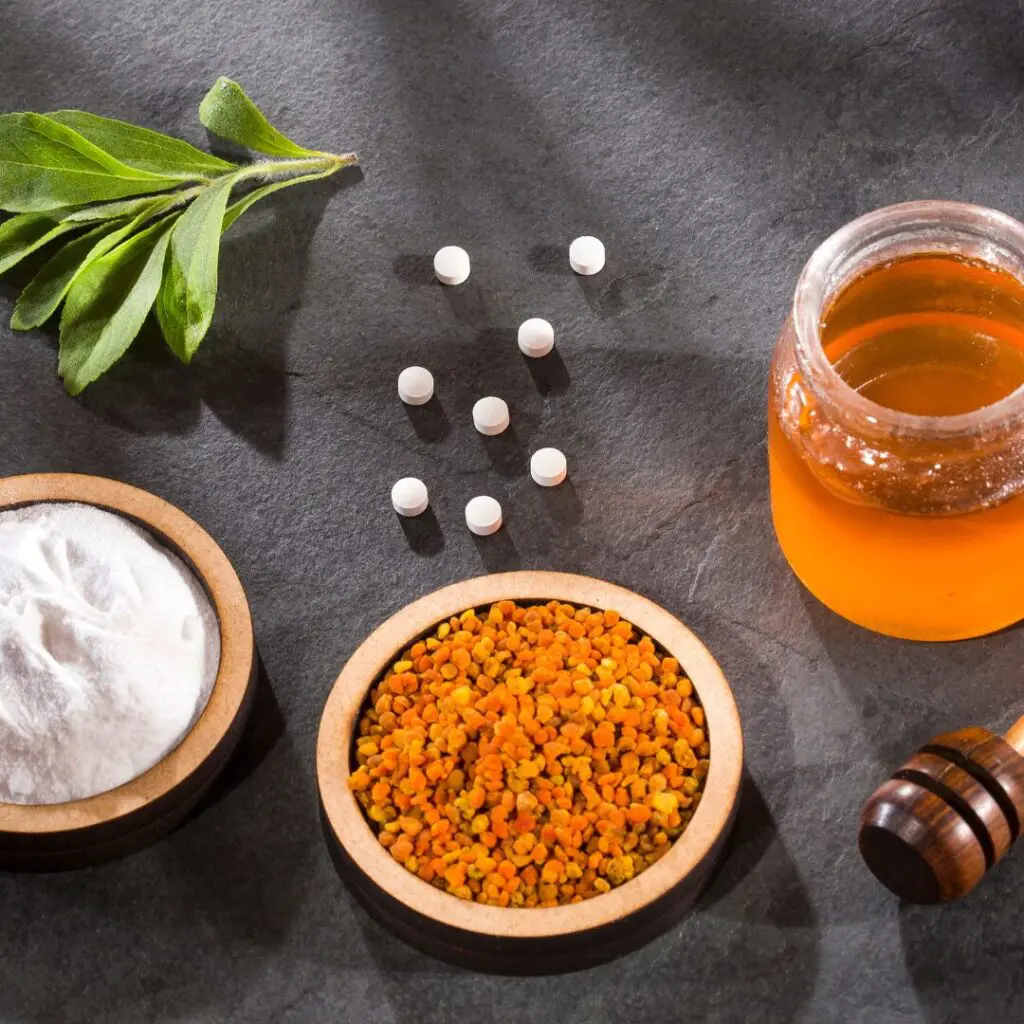

Types of Sweeteners
Benefits of Using Maple Syrup
When preparing a Hojicha Latte, incorporating maple syrup as a sweetener option offers a natural and flavorful alternative to enhance the roasted essence of the
Not only does maple syrup offer a delicious taste, but it also brings added depth to the Hojicha Latte, enhancing the overall drinking experience. Its natural richness and complexity elevate the flavor profile of the latte, making each sip a delightful and comforting treat. With maple syrup as your sweetener of choice, you can enjoy a beautifully balanced Hojicha Latte that highlights the unique characteristics of the roasted green
Impact of Brown Sugar Syrup
How does brown sugar syrup enhance the flavor profile of a Hojicha Latte?
Brown sugar syrup brings a rich molasses flavor that complements the nutty and toasty notes of hojicha, creating a harmonious blend of sweetness and earthiness in your latte.
When mixed with the hojicha powder and milk, the brown sugar syrup adds a depth of flavor that enhances the overall taste experience, elevating the traditional hojicha latte to a new level of indulgence.
The syrup’s unique sweetness balances out the roasted flavors of the
Exploring Stevia as a Sweetener
Consider incorporating stevia as a sweetener in your hojicha latte for a healthier alternative that adds a touch of sweetness without overpowering the
Stevia can be found in various forms like liquid drops, powder, or granules, making it versatile for different preferences. When using stevia in your hojicha latte, start with a small amount and adjust to taste. Due to its intense sweetness, it’s easy to overdo it, so proceed with caution. Stevia blends well with the earthy and nutty notes of hojicha, providing a balanced sweetness that complements the
Give stevia a try in your next hojicha latte for a guilt-free and satisfying beverage experience.
Agave as an Alternative Sweetening Option
Using agave as an alternative sweetening option in your hojicha latte enhances its flavor profile with a natural sweetness that complements the
When incorporating agave into your latte, you have the power to control the level of sweetness to suit your taste preferences. This liquid sweetener dissolves easily in both hot and cold beverages, ensuring a consistent taste throughout your drink.
Additionally, agave is known for its lower glycemic index compared to traditional sugars, making it a suitable option for those seeking a healthier alternative. By choosing agave as your sweetener for hojicha lattes, you can enjoy a balanced and flavorful beverage without overpowering the nuanced taste of the



Konnichiwa! (Hello!) I'm Pat Tokuyama, a Japanese tofu cookbook author, who travels for music, food, and adventure. If you like Japanese tea, checkout some of the newestorganic japanese tea, matcha bowls and noren and more!
** Curious about the Plant Based Japanese Cooking Club? ** Learn more here!
Granulated Sugar in Hojicha Latte
If you prefer a classic sweetening option for your Hojicha Latte, granulated sugar can enhance the flavor profile with its familiar sweetness that pairs well with the nutty and earthy notes of the
Start by whisking your Hojicha Powder with water and then adding the desired amount of granulated sugar to the mix. Stir until the sugar fully dissolves.
Next, steam and froth your milk of choice before pouring it into the
Enjoy the rich and creamy beverage with the comforting sweetness of granulated sugar blending harmoniously with the roasted flavors of the
Experimentation and Taste Testing
Begin by trying out different sweeteners and milk options to enhance the flavor of your hojicha latte. Experiment with various types of sweeteners such as honey, agave syrup, or maple syrup to find the perfect balance of sweetness that complements the nutty and toasty notes of hojicha. Adjust the amount of sweetener used to suit your taste preferences, whether you prefer a subtle hint of sweetness or a more pronounced sugary flavor.
When taste testing your hojicha latte, pay attention to how different milk choices affect the overall taste and texture of your drink. Consider using oat milk for a creamier and slightly sweeter option, or opt for almond milk for a nuttier undertone. Whole milk can provide a richer and more indulgent experience, while soy milk offers a plant-based alternative with a slightly different flavor profile.
Conclusion
To sum up, the best sweetener for Hojicha ultimately comes down to personal preference and dietary needs. Whether you prefer the richness of maple syrup, the molasses flavor of brown sugar syrup, the balanced sweetness of stevia, or the control of sweetness with agave syrup, there are plenty of options to enhance the unique flavors of this roasted green
Experimentation and taste testing will help you find the perfect sweetener to complement your Hojicha experience.



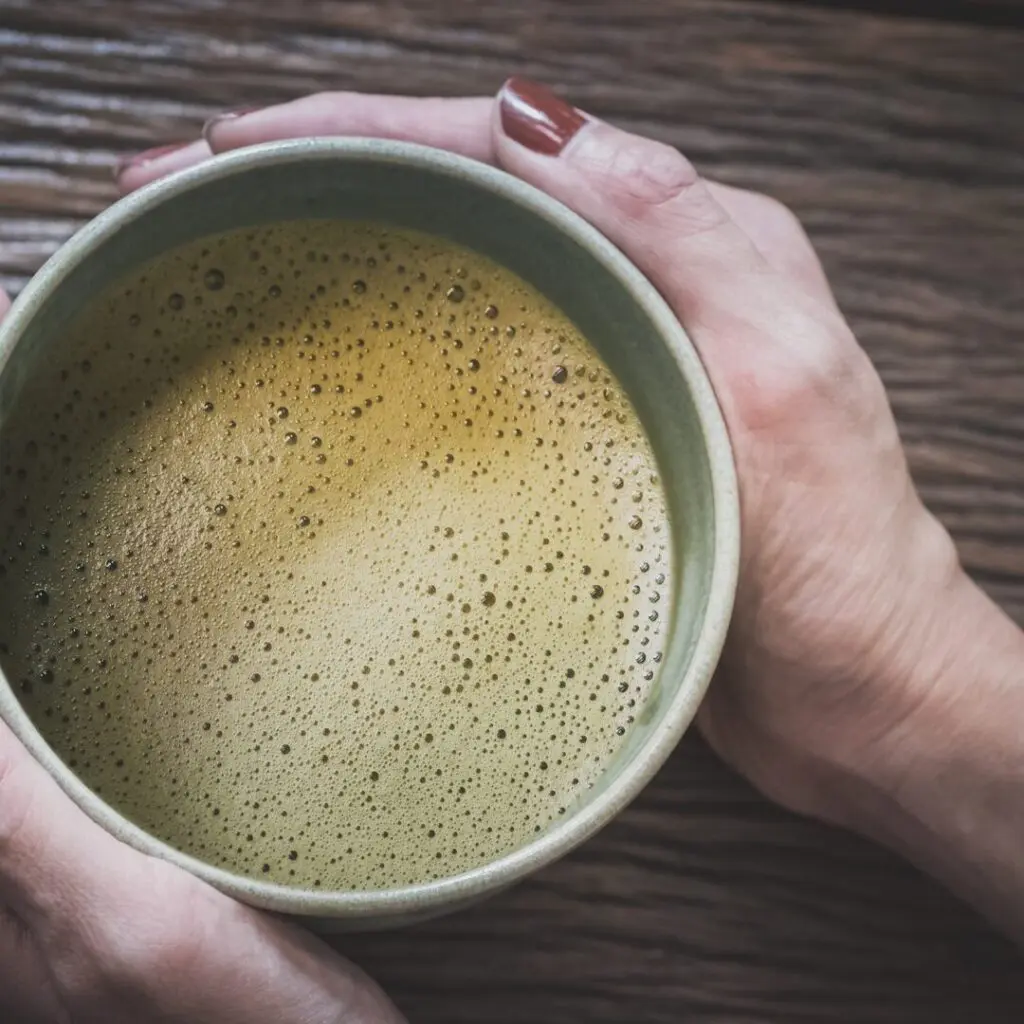


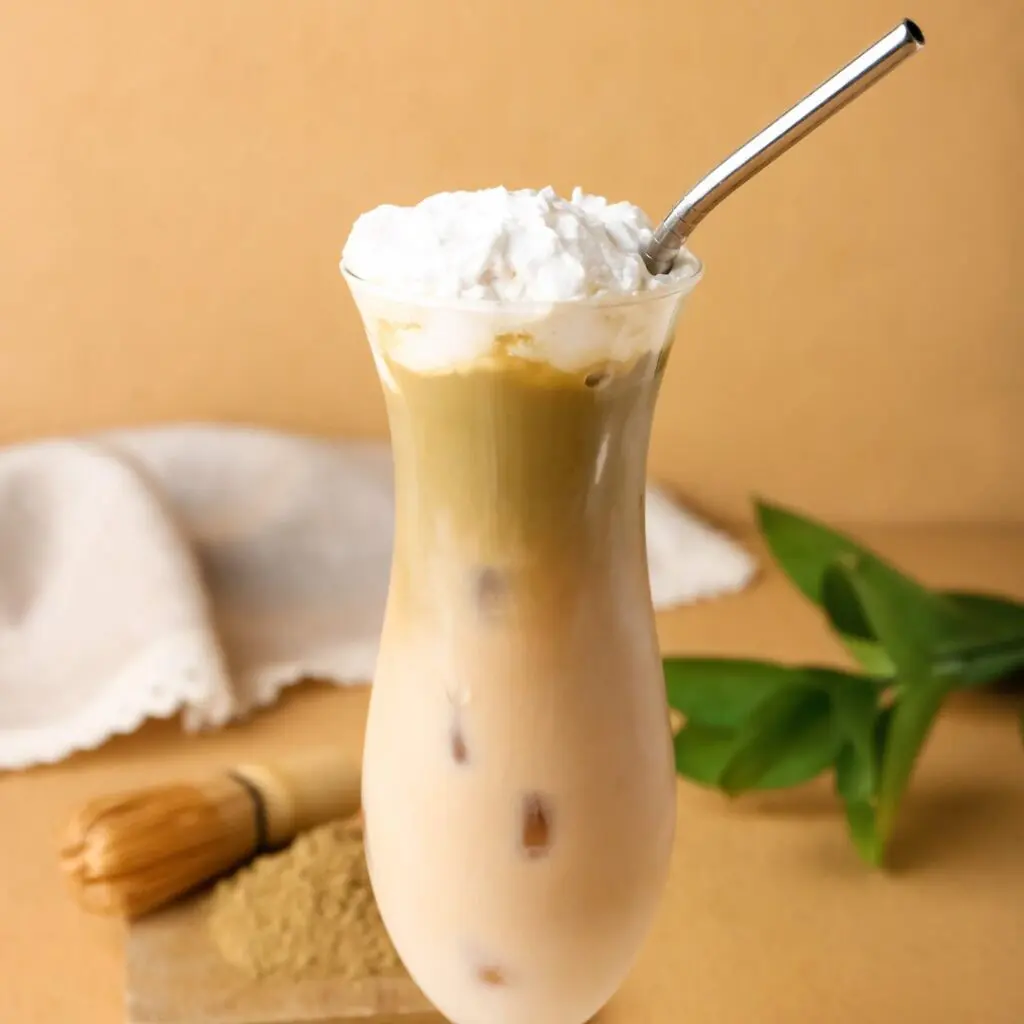

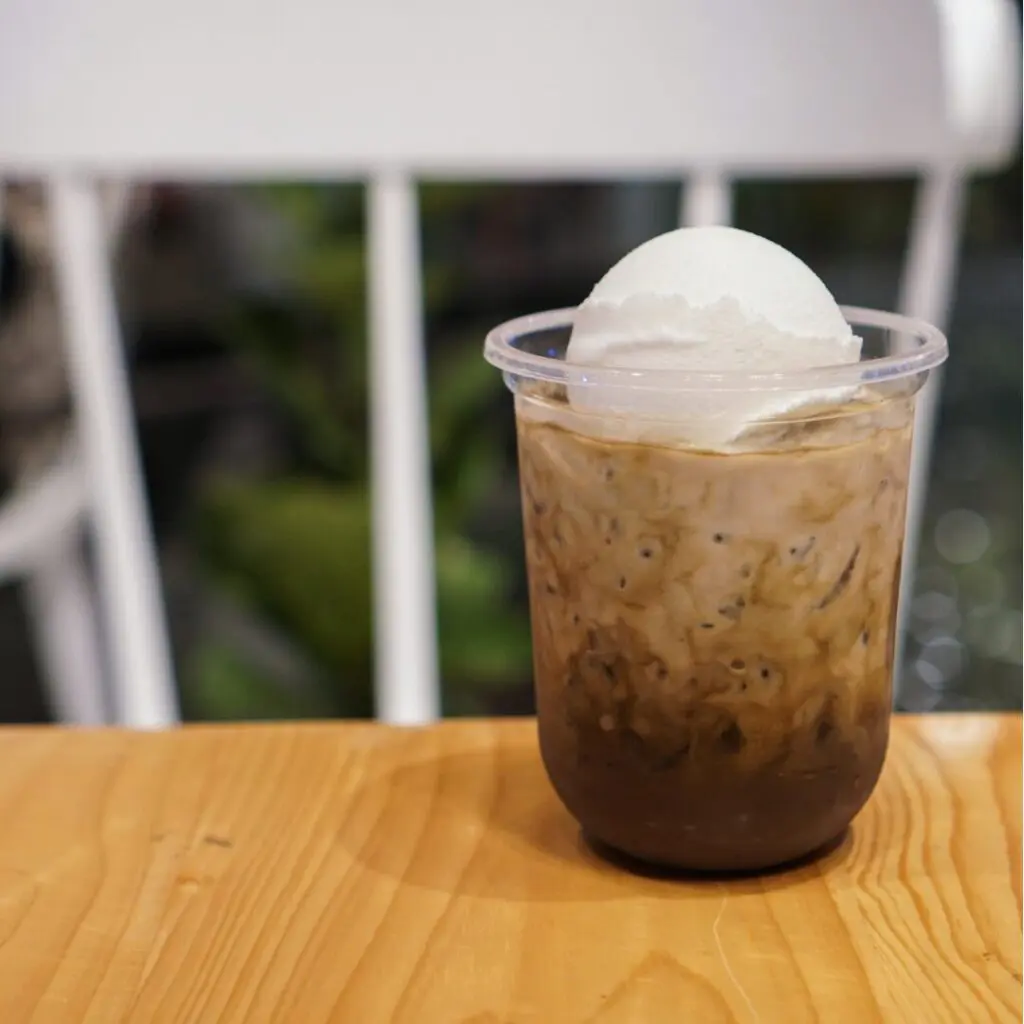
Konnichiwa! (Hello!) I'm Pat Tokuyama, a Japanese tofu cookbook author, who travels for music, food, and adventure. If you like Japanese tea, checkout some of the newestorganic japanese tea, matcha bowls and noren and more!
** Curious about the Plant Based Japanese Cooking Club? ** Learn more here!